#EdselFord
Rare Rides Icons: The Lincoln Mark Series Cars, Feeling Continental (Part IX)
Our Lincoln Mark Series coverage continues today, and we pick up at the end of 1958. After Ford dumped many millions into the Continental Division and quickly shut it down, the company then spent a lot more money to develop an all-new unibody platform for Lincoln’s usage. In an attempt to woo customers away from Cadillac, the new Lincolns for 1958 wore some of the most shocking styling ever to come from Detroit.
All three of Lincoln’s new “models” were really just trim levels of the same car. Said models included Capri, Premier, and the top-tier Continental Mark III, which was not a Continental except in trim badges. At least it had a Breezeway window! At the 1958 launch of Lincoln’s new unibody line there was a steep recession across the globe, as lots of Americans decided they didn’t actually need a new car every year or two. Nevertheless, the Continental Mark III made up 62 percent of Lincoln’s sales that year. Lincoln veered off on a revised course in 1959, hoping to improve its lot with some more “new” models.
Rare Rides Icons: The Lincoln Mark Series Cars, Feeling Continental (Part VIII)
With the Continental Division dead, a cost-weary and (newly) publicly traded Ford Motor Company headed into the 1958 model year determined to unveil a solid luxury car showing against its primary rival, Cadillac. However, the “Continental Mark III by Lincoln” was a Continental in name only: It wore the same metal and was produced at the same new factory, Wixom Assembly, as the rest of the Lincoln models (Capri, Premiere) that year.
Brass at Ford hoped the Continental name on the Mark III would make customers believe it was something special, like the Cadillac Eldorado with which it competed. As mentioned last time, aside from its Continental name, the Mark III for 1958 used One Simple Trick to lure buyers into its leather seats: a Breezeway window. First up today, pricing problems.
Rare Rides Icons: The Lincoln Mark Series Cars, Feeling Continental (Part VII)
The Continental Division was in a very difficult place when it designed an all-new Mark III as the (sedan only) replacement for the slow-selling and super expensive Continental Mark II coupe. As we learned last time, shortly after the Mark II went on sale the Continental Division was already on its last legs. It continued to lose money hand over foot after Ford’s huge initial investment and was doomed to a quick closure.
And so it was the 1956 and 1957 Mark IIs became the only Continental Division product and the only Marks that were hand-assembled in a factory-built, especially for Continental. After Continental’s closure, Ford’s new VP of passenger vehicles Lewis Crusoe quickly dismantled the division and integrated its employees into Lincoln. The Continental factory became the Edsel factory, and the three extant Mark III prototypes became a burden.
Rare Rides Icons: The Lincoln Mark Series Cars, Feeling Continental (Part VI)
We pick up the story of Lincoln’s Mark series cars once again today, at a low point in the coupe’s history. The intensely expensive development and launch of the new Continental marque arrived at exactly the wrong time for Ford.
Shortly after the family-owned company spent $21 million ($227 million adj.) on the launch of its new super-luxury brand, the company had its IPO. That meant the big money poured into the black hole that was Continental was visible to everyone who cared to see, including shareholders. The pressure was just too much, and the Continental brand was canceled in 1956 by Henry Ford II, just a year after the Mark II entered production.
But let’s back up a year, right as the Mark II went on sale. Management of the Continental Division knew the singular, hand-assembled model was not enough to keep the company going. They needed to save and make more money, and fast.
Rare Rides Icons: The Lincoln Mark Series Cars, Feeling Continental (Part V)
We arrive today at the fifth installment of our Rare Rides Icons coverage on the Lincoln Mark series cars. Thus far we covered the first Continental of the late Thirties, and Ford’s desire to go ultra luxury with the Mark II sold under the newly minted Continental Division. The Mark that debuted for the 1956 model year was Mid-century in its styling, built of top quality components, and constructed in a methodically controlled manner via a QC program that consisted of seven initiatives.
It was time to put the new Continental Mark II coupe on sale.
Rare Rides Icons: The Lincoln Mark Series Cars, Feeling Continental (Part IV)
We return to our Lincoln Mark series coverage today, in the midst of learning about the first Mark of the line, the Continental Mark II. The Mark II aimed to carry on the tradition set by the gracious Continental of the Forties, and take Ford to new heights of luxury, desirability, price (and thus exclusivity), and quality. The latter adjective is where we’ll focus today; it was certainly the focus of the folks at the Continental Division prior to the Mark II’s release.
Rare Rides Icons: The Lincoln Mark Series Cars, Feeling Continental (Part III)
Today finds us at the third installment in our coverage of the Lincoln Mark series cars. So far we’ve covered the original Continental that ran from 1939 to 1948 and learned about the styling decisions that made for the most excellent Midcentury Continental Mark II. The Mark II arrived to herald the birth of the new Continental luxury division at Ford. A division of Ford and not Lincoln-Mercury, Continental was established as the flagship of the Ford enterprise. We pick up circa 1952, with Cadillac.
Rare Rides Icons: The Lincoln Mark Series Cars, Feeling Continental (Part II)
We pick up our Lincoln Mark series again today, at a point where Ford’s executives were really not interested in selling a personal luxury coupe. The original Continental was developed as a concept at the request of Edsel Ford, who wanted a car to take on his spring vacation in 1939. After an informal debut in Florida, Edsel came back with 200 orders and the Continental entered production.
Halted by World War II, the Continental picked up where it left off and underwent a light reworking at the hands of Virgil Exner. But the end of the Forties were not kind to the likes of the V12 engine, nor did Ford want to create a new Continental to replace the decade-old one circa 1948. Continental went away, its name unused. Instead, Lincoln foisted reworked Mercurys as the Cosmopolitan and ignored personal luxury. The brand generally lowered the bar of exclusivity set by Continental and the K-Series cars, and made things more affordable to the upper-middle portion of the American consumer base. Things stayed that way at Lincoln for some time.
Rare Rides Icons: The Lincoln Mark Series Cars, Feeling Continental (Part I)
Rare Rides Icons concluded its 22-part series on the Imperial recently, as the long-running luxury model-brand-model exercise by Chrysler came to its timely end in 1993. Today we embark on a new luxury car series. It’s one you’ve asked for, and it’s also about luxury cars and will be an extensive series. Come along, as we consider the life and times of Lincoln’s Mark series cars.
Vellum Venom: Dash-to-Axle, Defined
With reader feedback always on my mind, perhaps an overview of commonly used terms in the car design trade is needed.
Let’s discuss the dash-to-axle: a notion that’s (probably) been a car design staple since Edsel Ford’s vision for an European-inspired flagship — one which added 7 inches to the hood of a mere luxury car.
Freaky Friday: You're Not Martha Stewart, But You Wish You Were
A Model Collection of Automotive History
Polymath sports marketer Fred Sharf is known in the art world for finding underappreciated genres, collecting them, researching and writing about them at an academic level, curating exhibits about them, and then donating much of what he collects to museums so others can share his eclectic interests. Among those many interests, Sharf has almost singlehandedly gotten the fine art world to start appreciating the art involved with making automobiles. Drawings and paintings long considered disposable styling studio work product by car companies are now considered collectible and worthy of art museum exhibitions.
Henry Ford's Flying Flivver: The Model T of the Air
Following the success of the Ford Trimotor, one of the first successful commercial passenger and cargo airplanes, which was introduced in 1925, Henry Ford got the aviation bug and decided to build what he called a “Model T of the air”, a small, affordable single seat airplane. He first proposed the idea to the men running his aircraft division, Trimotor designer William Bushnell Stout and William Benson Mayo but based on Henry’s design brief, neither experienced aeronautical man wanted anything to do with project. By then Henry Ford had bought out all of his investors and partners. All of Ford Motor Company stock was owned by Henry, Clara, and Edsel Ford, with Henry having the greatest share (49/3/48) so the firm was effectively Henry’s private feudal empire. Mr. Ford simply moved the project to a building in the Ford Laboratories complex.
Honda's Not the First Car Company to Make an Airplane: The Ford TriMotor
Since this isn’t The Truth About Airplanes or even Planelopnik, we don’t generally cover aviation here at TTAC, either general or commercial (sorry about that pun). However, Honda announced that last week the first production HondaJet took its maiden test flight, near Honda Aircraft’s Greensboro, NC headquarters, and Honda does, after all, make and sell a few cars too. They aren’t the first car company, though, to get into the airplane business. As a matter of fact an earlier automaker had a seminal role in the development of commercial passenger aviation and even took a flier (sorry again, couldn’t resist) at general aviation, though that experiment was less successful. I don’t know if Soichiro Honda’s ever envisioned his motor company making jet airplanes, but since one of Soichiro’s role models, Henry Ford, helped get passenger aviation off the ground (okay, the last time, I promise) it’s not out of the realm of possibility that the thought may have crossed Mr. Honda’s mind.
Another Post About Diego Rivera's "Detroit Industry" Murals, Thanks to DetNews Writer Rob Stanczak
Detroit Institute of Arts, Rivera Court, South Wall, “Detroit Industry” – Diego Rivera 1933
Last week we ran a post of mine about “Detroit Industry”, the murals that Diego Rivera painted for Edsel Ford in the main court of the Detroit Institute of Arts. More accurately, the post was about how a couple of artists, the Perre twins, commissioned to paint a mural in a new Detroit building, a commission inspired by Rivera’s work, claimed to know much about the artist and Detroit, but haven’t ever bothered to actually see Rivera’s Detroit masterpiece with their own eyes. That post was inspired by an article at the Detroit News by Rob Stanczak, from whence artist David Perre’s quote, “We have not seen it in person” jumped out at me. In our post, I linked to Rob Stanczak‘s article and, because I couldn’t find any photos of the Perres’ new mural that weren’t rights reserved, I used the DetNews’ video accompanying Rob Stanczak‘s article to illustrate my own. While not a formal citation per Modern Language Association guidelines, the link and DetNews video still gave our readers a couple of ways that they could access Rob Stanczak‘s work.






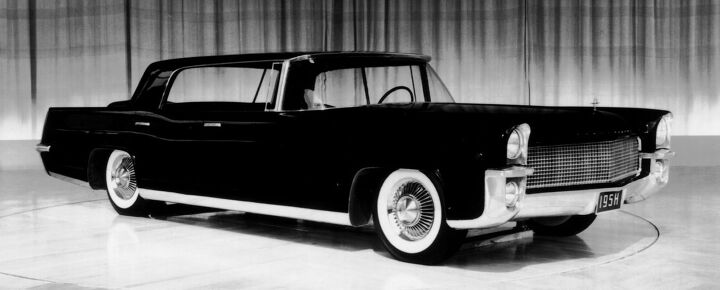
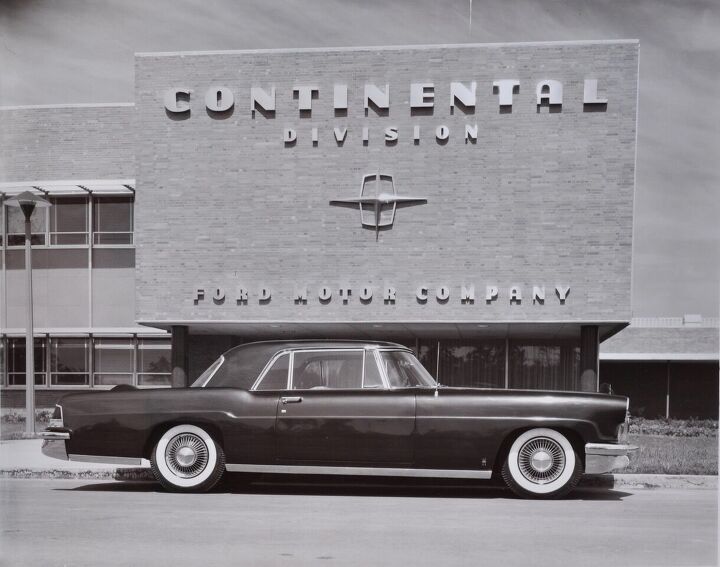
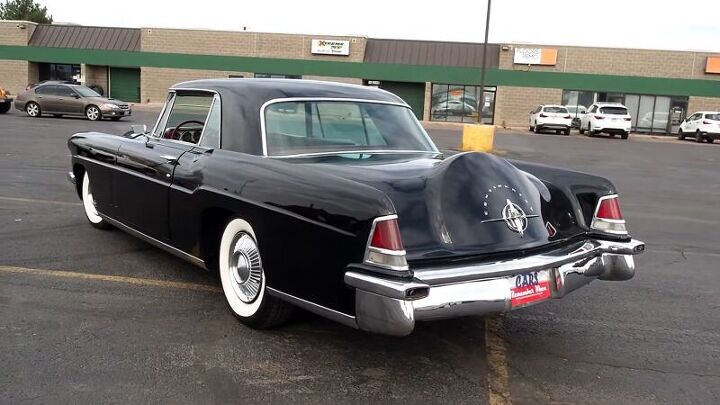


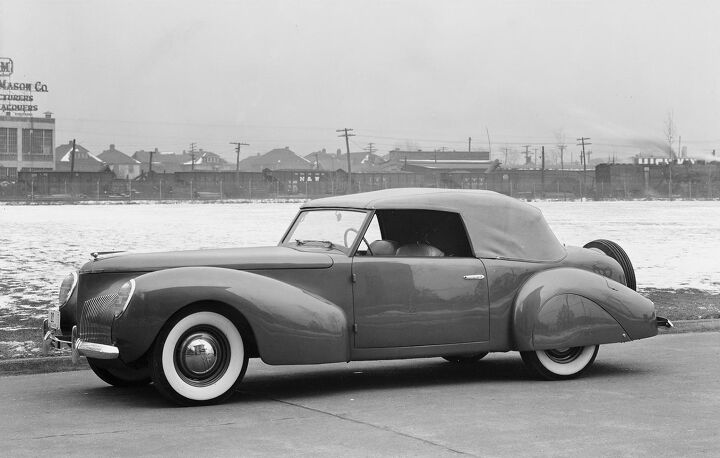


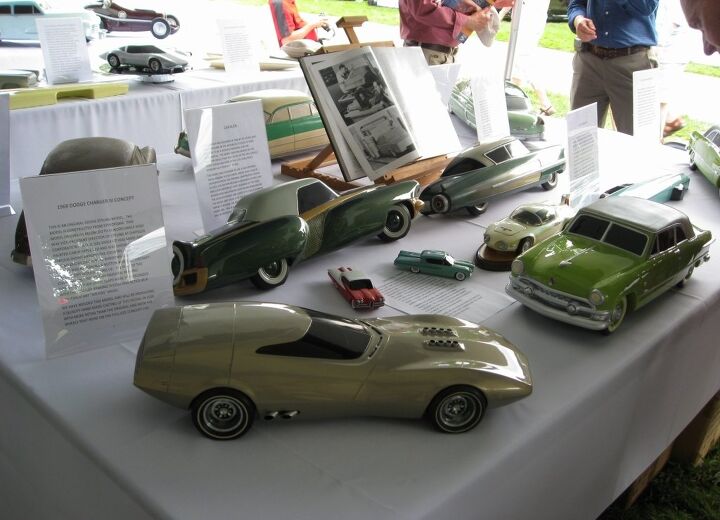


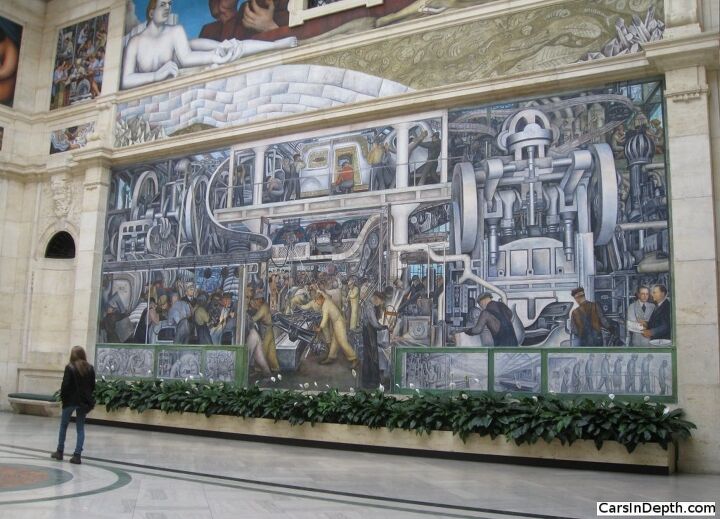












Recent Comments